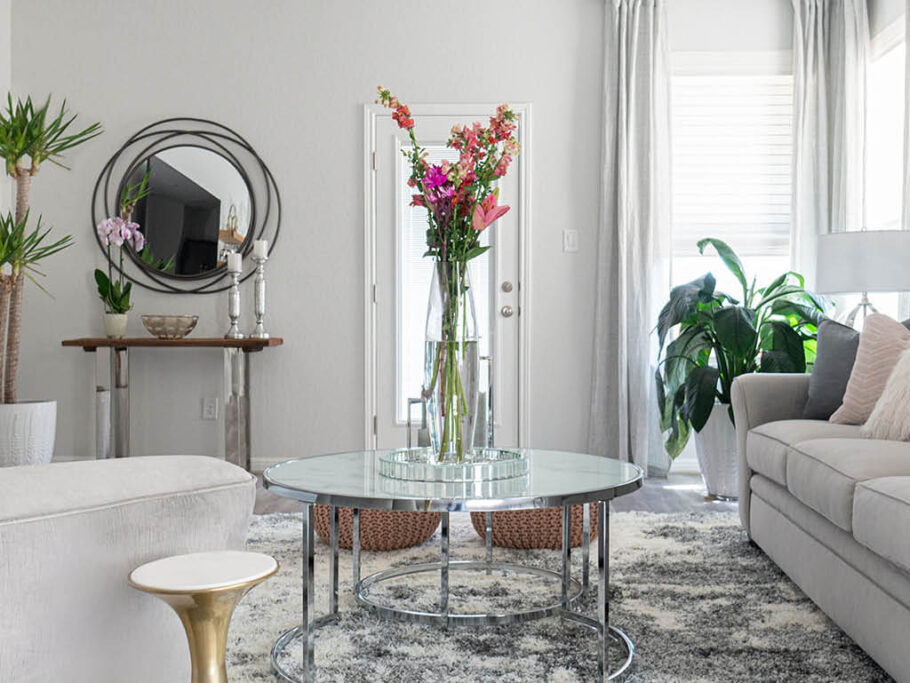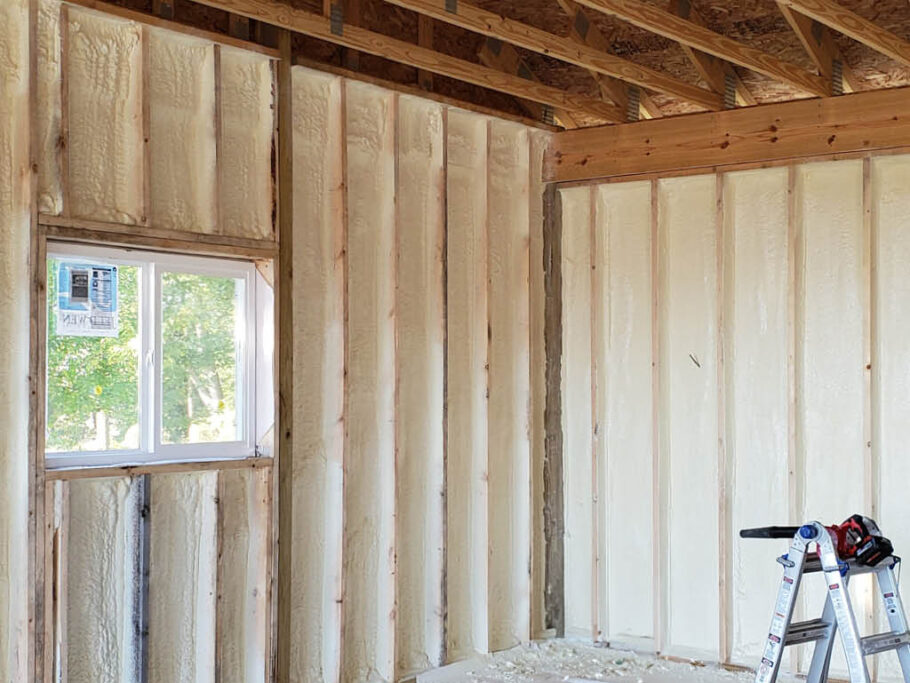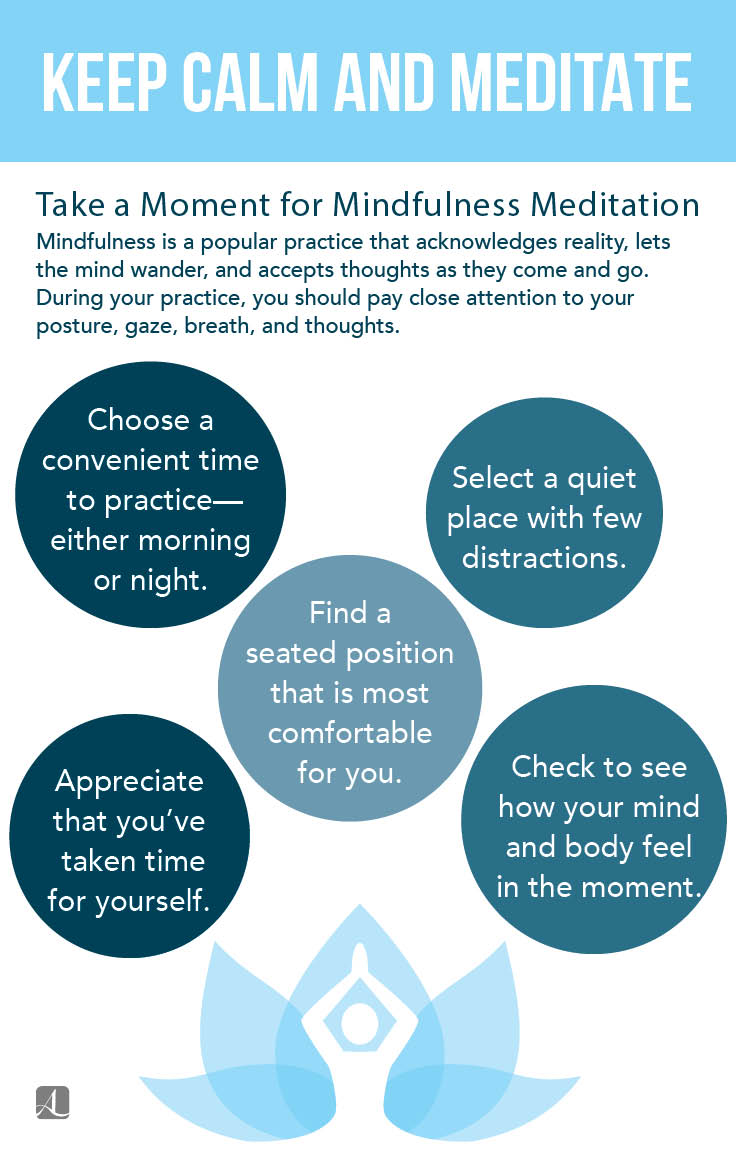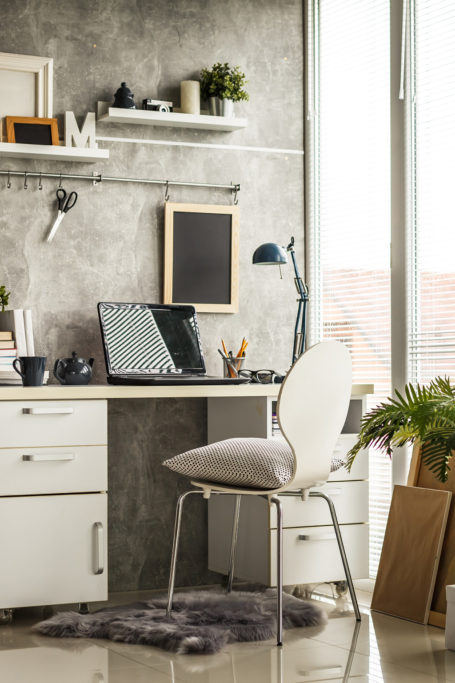Meditate Your Way Into Relaxation
Whether it stems from either your personal life or professional life, stress often finds its way into our daily routine. In addition to it being a nuisance, stress can do a number on both our mental health and physical health. Practicing meditation is an easy way to relieve stress, reduce anxiety, boost your immune system, and refresh your mind.
Below are a few general guidelines for meditating, and for practicing one of the most popular forms—mindfulness.
- Choose a convenient time to practice—either morning or night.
- Select a quiet place with few distractions.
- Find a seated position that is most comfortable for you.
- Check to see how your mind and body feel in the moment.
- Appreciate that you’ve taken the time for yourself.
Take a moment for mindfulness meditation.
Mindfulness is a popular practice that acknowledges reality, lets the mind wander, and accepts thoughts as they come and go. During your practice, you should pay close attention to your posture, gaze, breath, and thoughts.
- Posture: It starts with keeping an upright posture. Sit so that your shoulders and hips are level and your spine is stacked up. Use this posture to remain relaxed and awake throughout the meditation.
- Gaze: The fewer the distractions, the better. Your eyes should be open but not staring. Maintaining a soft, downward gaze helps you to purposely ignore what is going on around you.
- Breath: After you develop a sense of your body and where you are, you’ll begin to notice your breath. Your breath should be natural and not forced. With each inhale and exhale, you’ll become more relaxed.
- Thoughts: It takes too much effort to try to force your thoughts out; your mind will wander regardless. Letting thoughts come and go as they please and refocusing on breathing will help you stay mindful.
































